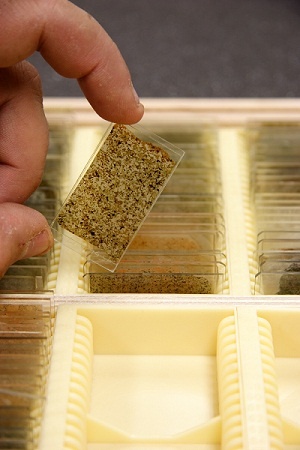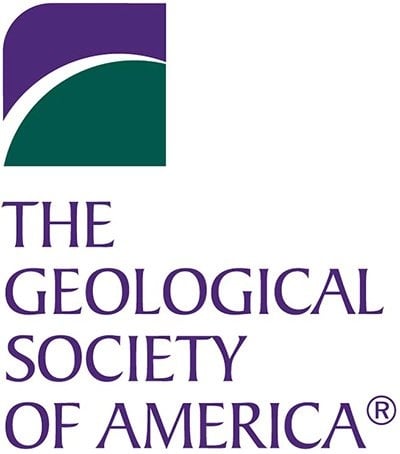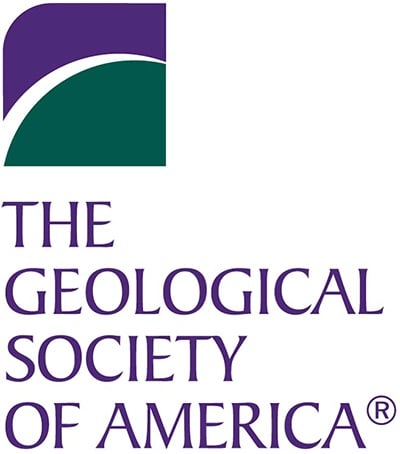Different Types of Thin Sections
 When a laboratory prepares a rock, mineral, fossil, concrete, or various other samples for analysis by cutting a slender section, this is known as a thin section. Usually, the laboratory uses a diamond saw to cut a section 0.03 mm thick, though it can create thinner or thicker sections as necessary. Not all these rocks are prepared the same way, though. Here are some of the most common.
When a laboratory prepares a rock, mineral, fossil, concrete, or various other samples for analysis by cutting a slender section, this is known as a thin section. Usually, the laboratory uses a diamond saw to cut a section 0.03 mm thick, though it can create thinner or thicker sections as necessary. Not all these rocks are prepared the same way, though. Here are some of the most common.
Standard thin section
This section is generally fixed with epoxy glue between a glass slide and a slip cover before analysis. You can use this section for many purposes. For instance, you might look for the hints of color or texture if the thin section has been stained. Or you might assess a rock’s thermal maturation with Thermal Alteration Index slides, or TAI slides; or using a Vitrinite Slide in reflected light.
polished thin Section
If you have an opaque metallic mineral, you’ll most likely be using reflected-light microscopic analysis, for which you will need a thicker section polished on at least one side. Doubly-polished sections, or sections polished on both sides, typically provide a sharper image and greater detail than a section polished on one side alone. Sometimes, you might have doubly-polished sections prepared for fluid inclusion so that you can have them examined for microscopic bubbles inside the mineral grains as the mineral was initially forming.







